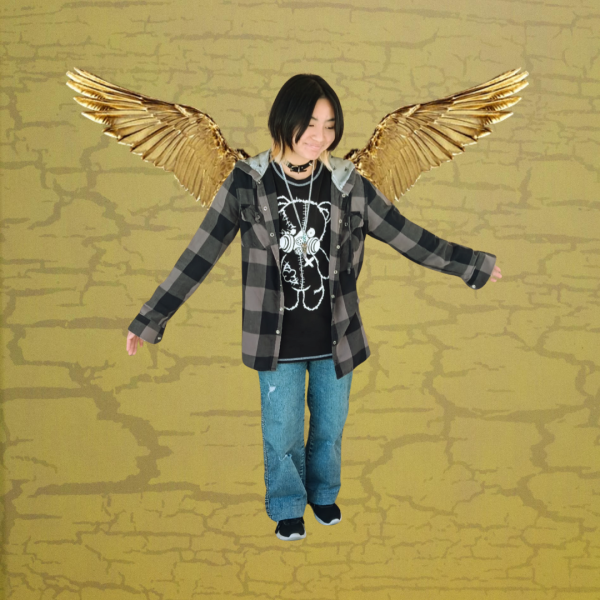Between college applications, SATs, and AP courses, junior year is one of the most important— and stressful— years of high school. Thus, it’s unsurprising that many experience a decline in motivation as the end of the year approaches.
“Senioritis” often describes this phenomenon in seniors, but what about juniors?
“Junioritis,” while lesser known than senioritis, describes a similar pattern in juniors, but for different reasons.

The pressures of junior year are endless, as students navigate the world of college and career planning, all while trying to maintain good grades and extracurriculars that will distinguish them from their peers.
Furthermore, many adults, especially parents and family, are eager to know your plan for the future. Some may even pressure their children to pursue certain majors and discourage others.
This pressure to “have it all figured out” is both irritating and unrealistic.
“There’s a lot of pressure to live up to standards a lot of students can’t meet yet,” says AL Baisa, a junior at ERHS.
This can be overwhelming for students who are unsure of what they want to major in or feel judged for choosing something they’re passionate about. Careers in literature, art, and performing arts are often discounted as “unrealistic” or “make-or-break” jobs, which can cause feelings of anxiety.
These hardships are not exclusive to the arts. Regardless of their major, all students face persistent competition and comparisons, which can be detrimental to their mental health. With so much emphasis on academics, burnout is rampant among high schoolers. While some will push themselves well beyond their limits, others will give up altogether. Those who do so may then be ridiculed for being “lazy.”
While stress is not an excuse for laziness, many don’t realize that stigmas surrounding junioritis (and senioritis) are a result of high school environments.

Although juniors and seniors are often considered on the cusp of adulthood, the reality is that they are still very young— and very human.
With so many transitions taking place in their lives, it’s no wonder that many face dread and uncertainty about the future.
“After winter break and spring break It was hard to keep up, since I kept on thinking about college which led me to stress a lot,” admits Amber Pan, a student at Eleanor Roosevelt.
So what is the “cure” for such dangerous phenomena?
The good news is that there are many ways to combat junioritis. Although it may be easier said than done, the right headspace and support can help alleviate the pains of junioritis.
Some helpful tips include setting small, manageable goals, breaking up work into shorter study sessions,
maintaining a healthy work-life balance, and above all…
Take breaks and be patient with yourself.
“I tell myself in 10 years it’ll all be worth it,” continues Amber, as she looks towards he future.








